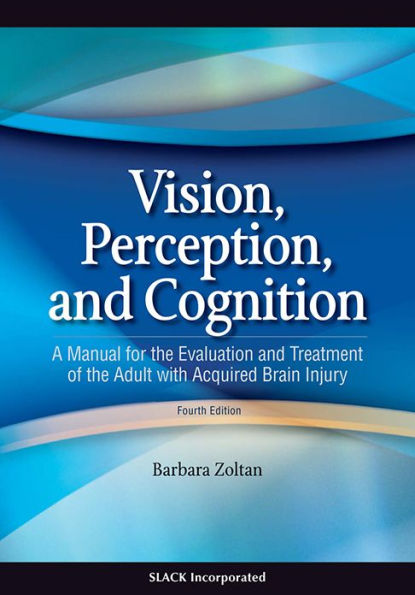5
1
9781556427381



Vision, Perception, and Cognition: A Manual for the Evaluation and Treatment of the Adult with Acquired Brain Injury / Edition 4 available in Hardcover, eBook

Vision, Perception, and Cognition: A Manual for the Evaluation and Treatment of the Adult with Acquired Brain Injury / Edition 4
- ISBN-10:
- 1556427387
- ISBN-13:
- 9781556427381
- Pub. Date:
- 01/01/2007
- Publisher:
- SLACK, Incorporated
- ISBN-10:
- 1556427387
- ISBN-13:
- 9781556427381
- Pub. Date:
- 01/01/2007
- Publisher:
- SLACK, Incorporated

Vision, Perception, and Cognition: A Manual for the Evaluation and Treatment of the Adult with Acquired Brain Injury / Edition 4
$83.95
83.95
In Stock

Product Details
| ISBN-13: | 9781556427381 |
|---|---|
| Publisher: | SLACK, Incorporated |
| Publication date: | 01/01/2007 |
| Edition description: | Fourth |
| Pages: | 368 |
| Product dimensions: | 7.00(w) x 10.00(h) x 1.30(d) |
About the Author
From the B&N Reads Blog

